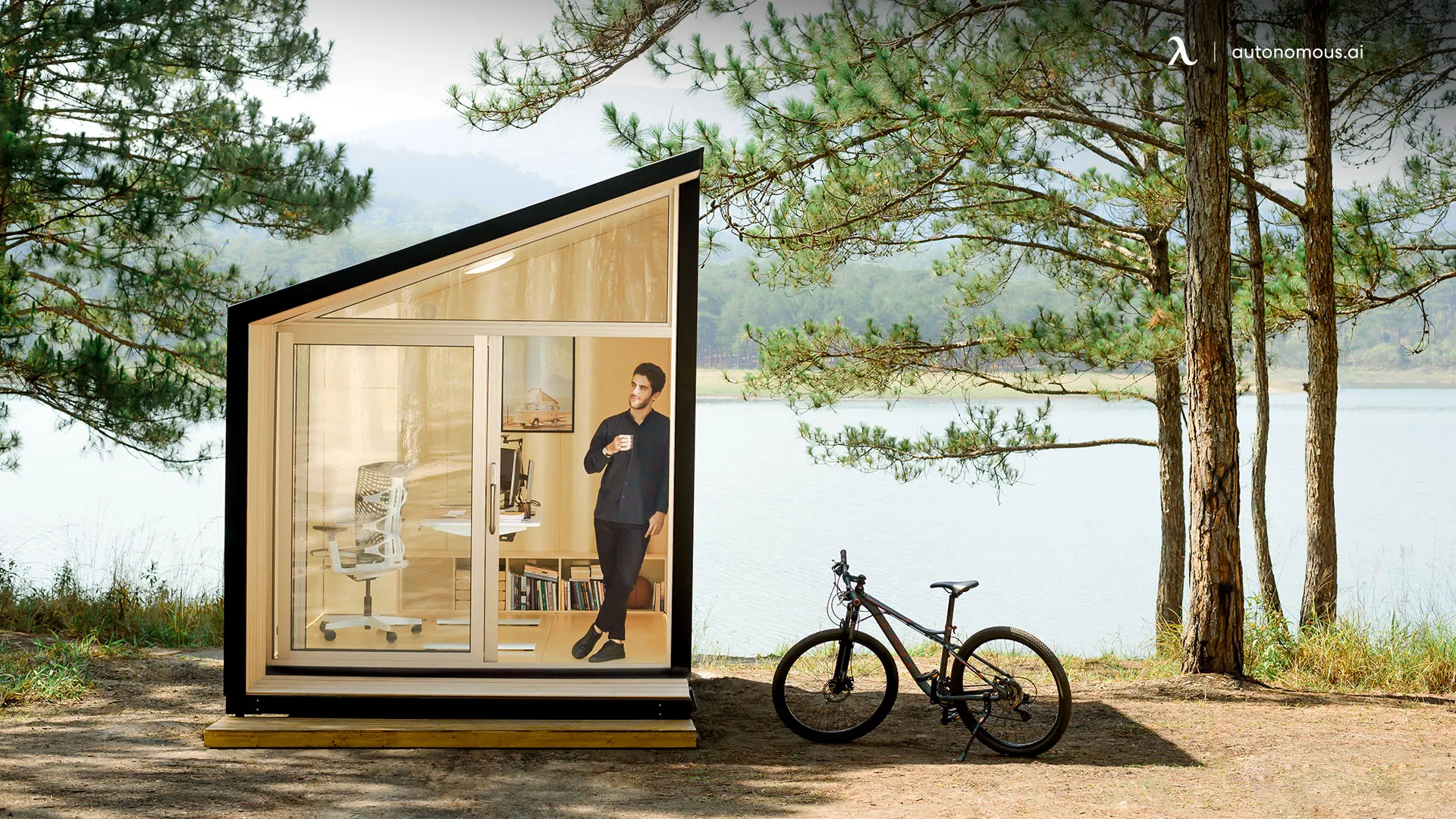
Table of Contents
California is making it easier to build, legalize, and expand Accessory Dwelling Units (ADUs). With housing shortages and affordability concerns still a major issue, the new California ADU laws for 2025 introduce changes that benefit homeowners, multi-family property owners, and coastal communities. As more people look to ADUs as a practical solution for additional housing, their role in ADU housing in California continues to grow, providing affordable and flexible options for property owners.
If you’re wondering, “What is the new ADU law in California?”, this guide breaks down AB 2533, SB 1211, and SB 1077—and how they impact your ability to develop an ADU. Many homeowners are exploring prefab ADUs in California as a faster, cost-effective alternative to traditional construction. Demand for prefab accessory dwelling units in Southern California is rising as streamlined regulations make them easier to install. Meanwhile, ADU regulations in Northern California comes with unique zoning considerations, which new policies aim to simplify.
1. Key Updates to ADU Laws in 2025
1.1. AB 2533: Legalizing Unpermitted ADUs & Garage Conversions
Before 2025, homeowners with unpermitted ADUs or garage conversions faced major legal and financial hurdles. Many cities imposed high fees or rejected legalization outright. AB 2533 changes that, giving homeowners a way to legally permit existing ADUs built before January 1, 2020.
- Local building departments must approve ADU legalization if the unit meets health and safety standards.
- No penalties, impact fees, or additional utility connection fees if no new utility connections are needed.
- Cities must provide homeowners with a compliance checklist outlining necessary updates for permitting.
Impact on Homeowners:
For homeowners with unpermitted ADUs or converted garages, this law is a game changer. Rather than facing potential demolition orders or hefty fines, you now have a clear, more affordable path to legalizing your unit. Expect local governments to offer guidance on how to update your ADU to meet current codes without unnecessary bureaucracy.
1.2. SB 1211: More ADUs for Multi-Family Properties
California’s housing laws previously limited the number of ADUs that could be built on multi-family properties, making it difficult for landlords to maximize their rental space. SB 1211 changes that by increasing the allowable number of detached ADUs and removing restrictive parking requirements.
- Up to eight detached ADUs can now be built on multi-family lots, as long as the number of ADUs does not exceed the existing unit count on the property.
- No requirement to replace lost parking spaces when converting uncovered parking areas into ADUs.
- Prevents local governments from imposing additional restrictions beyond state law.
Impact on Property Owners:
If you own a duplex, triplex, or apartment building, you can now build more ADUs, significantly increasing your rental income potential. Since parking replacement is no longer required, you can repurpose underutilized spaces into rental units without excessive zoning hurdles.
This law will increase rental housing availability while giving property owners more financial flexibility to develop their properties.
1.3. SB 1077: Streamlining ADU Permits in Coastal Zones
California’s Coastal Zone has long been known for strict ADU regulations, with homeowners facing lengthy permit delays or outright denials due to zoning restrictions. SB 1077 is designed to fix that by creating a smoother approval process for ADUs in coastal communities.
- The California Coastal Commission must create new ADU guidelines by July 1, 2026.
- Local governments in coastal areas must align with state ADU-friendly policies, reducing bureaucratic delays.
- Easier permit approvals for ADUs in coastal zones, cutting through excessive zoning restrictions.
Impact on Homeowners in Coastal Areas:
If you own property in Santa Monica, San Diego, or other coastal communities, this law makes it easier to build an ADU without long delays. Expect to see faster permit approvals and fewer zoning barriers in the coming years.
For those looking to build a backyard rental unit near the coast, this law removes much of the red tape that previously made ADU development nearly impossible in these areas.
.webp)
2. What These Laws Mean for Homeowners
The 2025 ADU laws make it simpler, faster, and more affordable to develop or legalize an ADU in California. Here’s what these changes mean for you:
Easier legalization – If you have an unpermitted ADU, you can bring it up to code without penalties or excessive costs. Before starting a project, it’s important to understand the cost of building an ADU in California to budget effectively.
More rental income potential – Multi-family property owners can build more ADUs, significantly increasing their passive income opportunities. However, ADU size limits in California play a role in what can be built—check out the minimum and maximum ADU size limits in in California to ensure your plans comply.
Coastal ADUs become possible – If you’re near the coast, you’ll experience faster approvals and fewer zoning restrictions for ADU construction. However, zoning rules still apply, including California ADU setback requirements that dictate how close your ADU can be to property lines.
Less bureaucracy, more housing – With fewer local restrictions, ADU construction will be much easier for homeowners and property developers alike. At the same time, compliance with energy efficiency laws is essential—check out the ADU solar requirements in California and Title 24 ADU requirements to ensure your ADU meets state regulations.
Understanding hidden costs – Some homeowners overlook fees associated with ADU construction. Be sure to review ADU impact fees in California and learn about ADU electrical requirements in California to avoid unexpected expenses.
.webp)
3. How the New Laws Relate to Backyard Offices
While the new ADU laws in California for 2025 focus on making it easier to build and legalize accessory dwelling units (ADUs) for residential use, not every homeowner needs a fully equipped living space. If your goal is to create a dedicated workspace, a backyard office pod like the Autonomous WorkPod is a more streamlined solution.
What Is the Autonomous WorkPod?
The Autonomous WorkPod is a modern, pre-built backyard office designed for those who want a distraction-free workspace without the hassle of major construction. Unlike ADUs, which typically require full kitchens, bathrooms, and utility connections, the backyard office pod in California is a plug-and-play solution that arrives pre-assembled and ready to use in a matter of hours.
- Standalone backyard workspace – No need to convert an indoor room or rent an office.
- Quick installation – Comes pre-assembled, requiring little to no on-site construction.
- Sound-insulated design – Blocks out distractions, ideal for remote work, music production, or creative projects.
- Weather-resistant structure – Built to withstand outdoor conditions year-round.
- Eco-friendly materials – Designed with sustainability in mind.
- No need for full ADU permitting – Since it’s a non-living structure, it may not require the same level of city approval as an ADU, depending on local zoning regulations.
How WorkPods Compare to ADUs
While ADUs are great for extra rental income or guest accommodations, they come with longer approval times, higher costs, and more zoning restrictions. A WorkPod, on the other hand, is an instant backyard upgrade, perfect for those who work from home and need a private, focused garden office pod.
| Feature | Autonomous WorkPod | ADU (Accessory Dwelling Unit) |
|---|---|---|
| Purpose | Private workspace, office, or studio | Living space with kitchen & bath |
| Permitting | May require minimal permits (depends on location) | Requires full ADU permit process |
| Installation Time | Few hours to a day | Several months |
| Utility Requirements | Standard power connection | Plumbing, electricity, and possible new sewer lines |
| Cost | Lower, fixed pricing | Higher, varies with construction needs |
Is the Autonomous WorkPod Affected by the New ADU Laws?
Since the Autonomous WorkPod is not classified as an ADU, it is not directly impacted by AB 2533, SB 1211, or SB 1077. However, it’s always a good idea to check with local zoning laws before placing one in your backyard, as some cities have setback regulations or size limits for detached structures.
If you’re looking for a simple, fast, and professional workspace, the Autonomous WorkPod offers an alternative to an ADU without the complexities of additional permitting and utility installations. This plug-and-play backyard office provides a private, distraction-free environment, making it perfect for remote workers, creatives, and entrepreneurs.
One major advantage of a WorkPod is its built-in sound insulation, ensuring quiet and focus throughout the workday. If you need extra noise reduction, check out these tips on how to soundproof a home office to enhance the workspace experience.
While the WorkPod is a ready-to-use solution, many homeowners repurpose existing spaces or build customized office setups to fit their needs.
- If you’re considering an ADU for work, explore the benefits of an ADU office and how it compares to standalone backyard offices.
- Converting a garage into an office is another smart way to create a dedicated workspace while utilizing existing space. These garage office pod ideas show how others have done it successfully.
- If you prefer an indoor workspace, an indoor office pod might be a better fit for maximizing your home’s interior layout.
For those who want a custom-built office shed, designing the interior is just as important as the structure itself. Here are some ideas to create a cozy and efficient workspace:
- Small shed office interior ideas for a stylish and functional setup.
- Home office shed ideas to help you make the most of your backyard workspace.
.webp)
4. FAQs
What is the new ADU law in California for 2025?
The new California ADU laws for 2025 include AB 2533, which allows unpermitted ADUs built before January 1, 2020, to be legalized; SB 1211, which expands the number of ADUs allowed on multi-family properties; and SB 1077, which streamlines the permitting process for ADUs in coastal zones.
Can I legalize an unpermitted ADU in 2025?
Yes! AB 2533 provides a path for homeowners to legalize ADUs or garage conversions built before 2020 without penalties, excessive fees, or new utility connection costs—so long as they meet health and safety standards.
How many ADUs can I build on my property under the new laws?
- Single-family homes: Homeowners can typically build one ADU and one Junior ADU (JADU) on a lot.
- Multi-family properties: Under SB 1211, you can now build up to eight detached ADUs, as long as the number of ADUs does not exceed the number of existing units on the property.
Do I need to replace lost parking if I convert a garage into an ADU?
No! SB 1211 removes the requirement to replace lost parking spaces when an ADU is built in existing uncovered parking areas.
For homeowners considering further property development options, SB 9 in California also plays a key role. While SB 1211 focuses on ADU expansion, SB 9 allows lot splits and multi-unit development on single-family-zoned properties, giving homeowners even more flexibility to maximize their land use.
Are ADUs allowed in California’s coastal areas under the new laws?
Yes, and it will now be easier to get them approved. SB 1077 requires the California Coastal Commission to update its ADU guidelines by July 1, 2026, making the permitting process faster and more consistent across coastal cities.
How do these laws affect the Autonomous WorkPod?
The Autonomous WorkPod is not classified as an ADU because it’s a backyard office, not a living space. This means it’s not directly impacted by the new ADU laws, though local zoning regulations may still apply. Unlike an ADU, it does not require a full permitting process, plumbing, or major construction.
Do I need a permit for an Autonomous WorkPod?
Most backyard office pods, like the Autonomous WorkPod, are considered temporary or accessory structures and may not require extensive permitting. However, some cities have setback rules or size restrictions, so it’s always best to check with your local zoning department before installation.
How long does it take to build an ADU in California?
The timeline depends on local permitting and construction:
- Pre-approved ADUs: 4–6 months
- Custom ADUs: 6–12 months
- Autonomous WorkPod: Installed in one day, since it arrives pre-assembled
Can I rent out my ADU under the new California laws?
Yes! California law allows ADUs to be rented out for long-term housing. However, many cities prohibit short-term rentals (Airbnb) for ADUs, so check your local regulations if you’re planning to list your unit.
Are there any financial incentives for building an ADU?
Yes! Homeowners may qualify for:
- Low-interest ADU loans from certain cities and banks
- State and local grants for affordable ADUs
- Utility rebates if using energy-efficient designs
.webp)
5. Final Thoughts
California’s housing crisis has made ADUs a priority, and the 2025 laws make them more accessible than ever. Whether you’re looking to build a backyard rental unit, a guest house, or expand a multi-family property, these updates remove barriers and open new opportunities. With fewer restrictions, homeowners now have more flexibility in choosing the right ADU type for their needs. If you’re considering an ADU but don’t know where to start, working with experienced professionals can make the process seamless and stress-free. (Check out some of the best ADU builders in California to find the right team for your project.)
Stay connected with us!
Subscribe to our weekly updates to stay in the loop about our latest innovations and community news!
Interested in a Link Placement?
Spread the word
.svg)
.svg)

.webp)

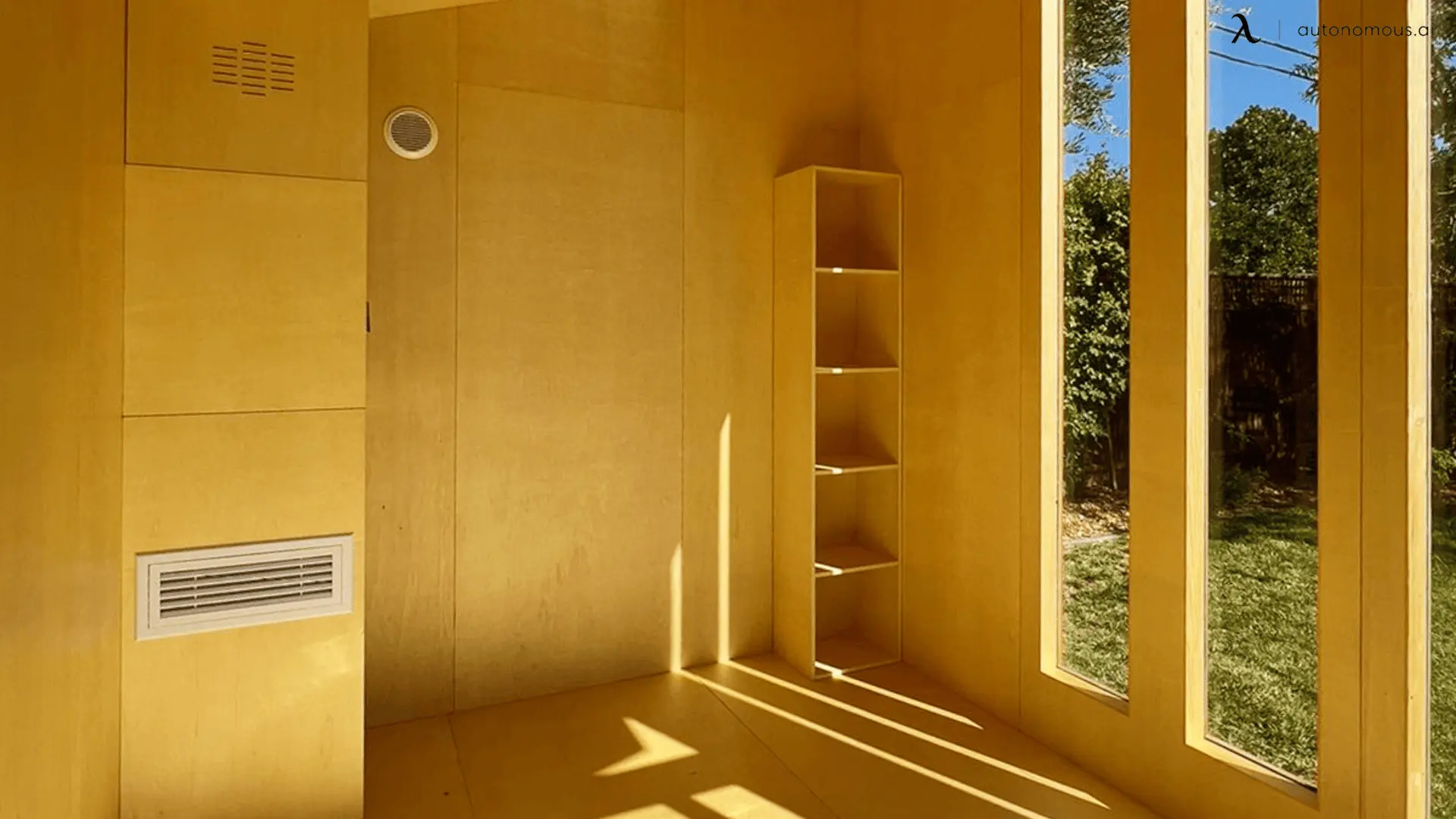
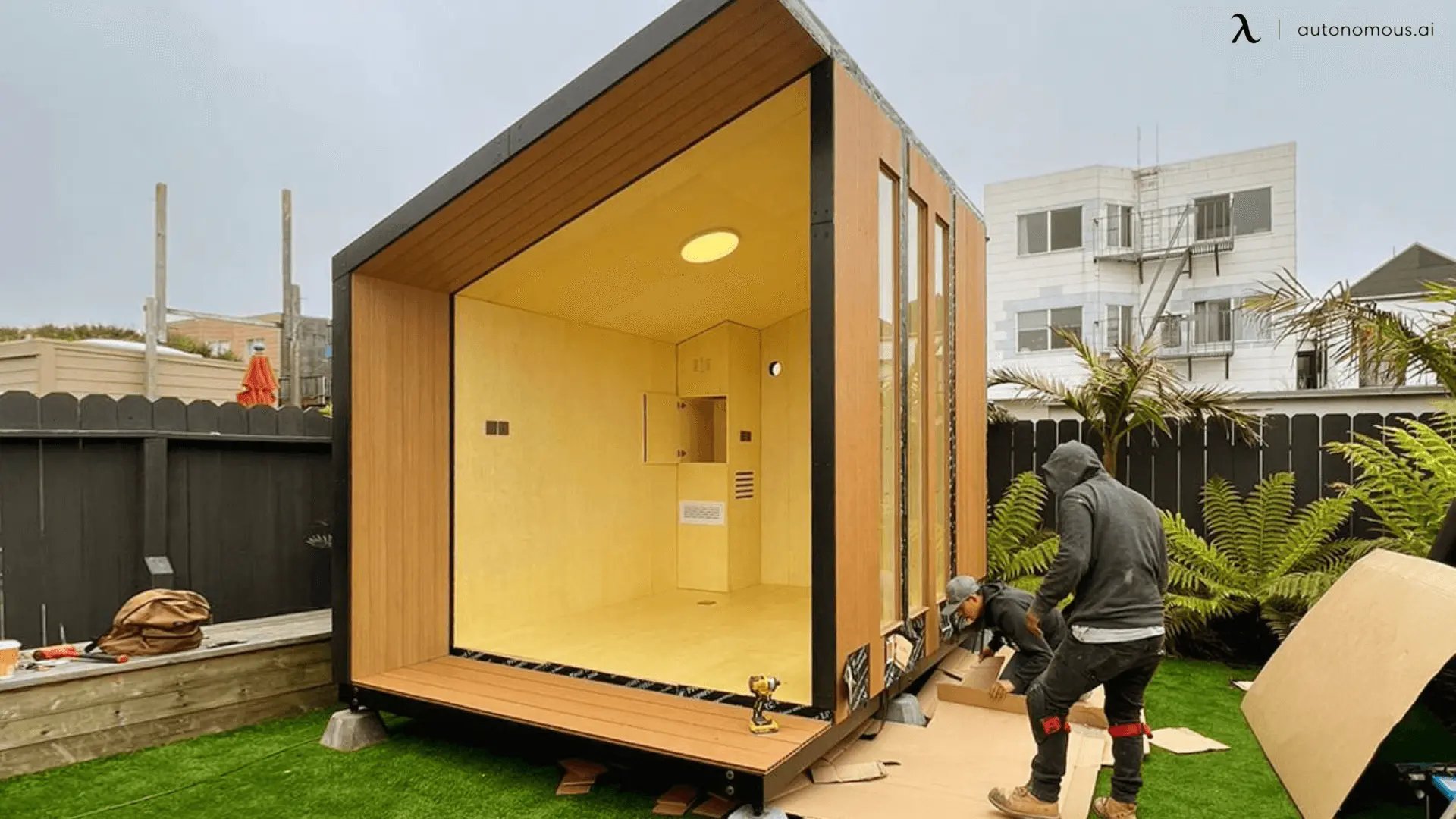
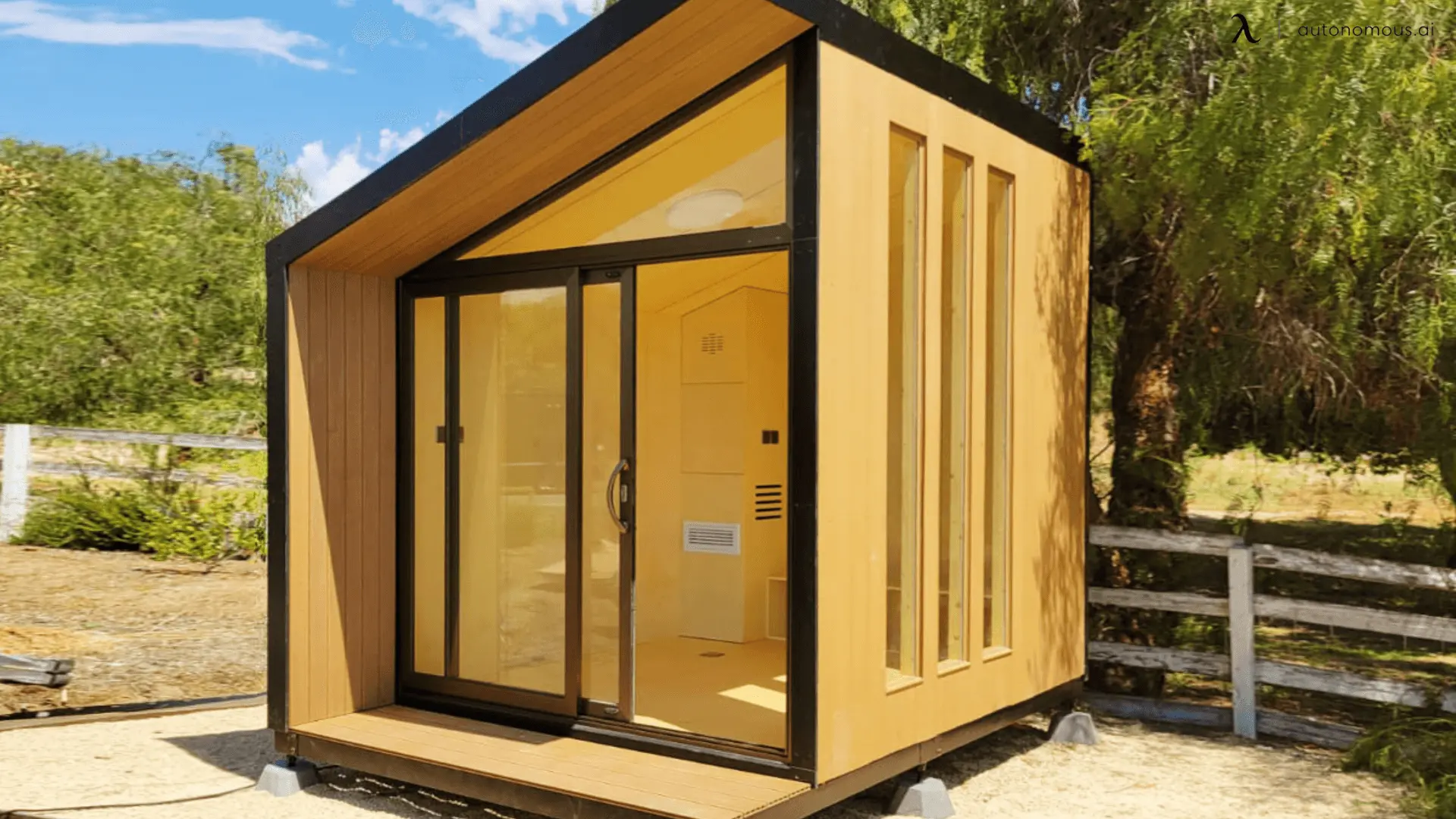


/https://storage.googleapis.com/s3-autonomous-upgrade-3/production/ecm/230914/bulk-order-sep-2023-720x1200-CTA-min.jpg)
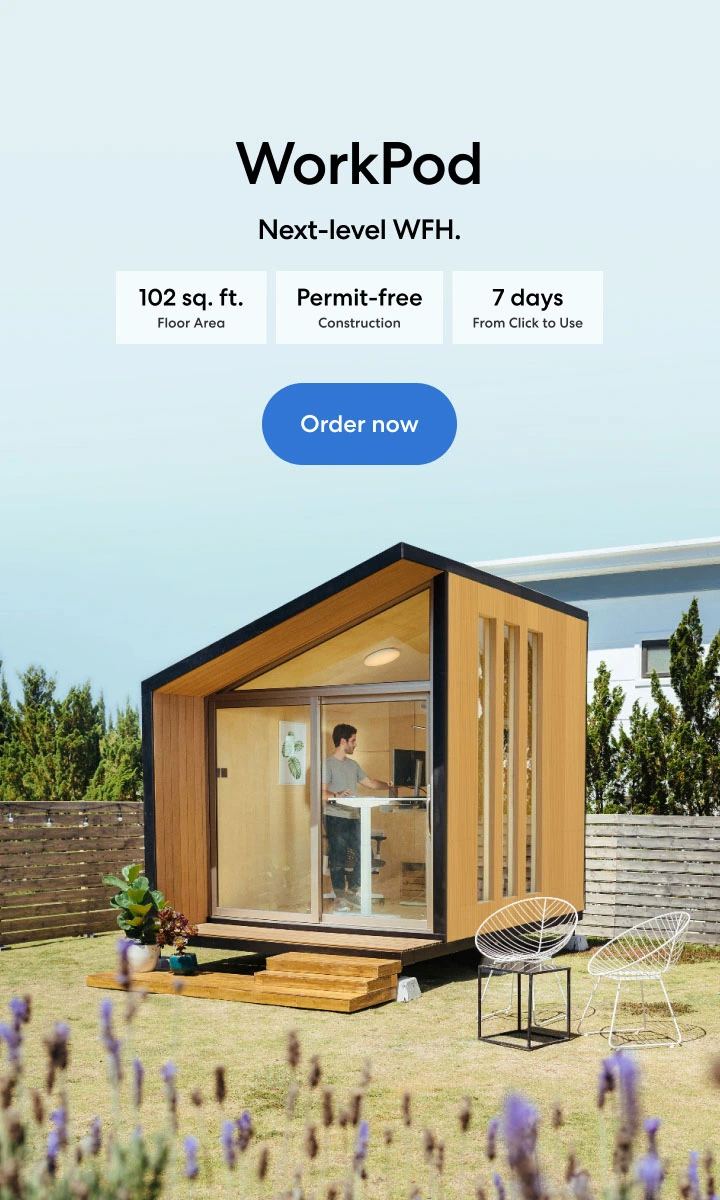
/https://storage.googleapis.com/s3-autonomous-upgrade-3/production/ecm/230824/image_tMoN47-V_1692155358869_raw-93ed49d8-7424-464e-bdfe-20ab3586d993.jpg)